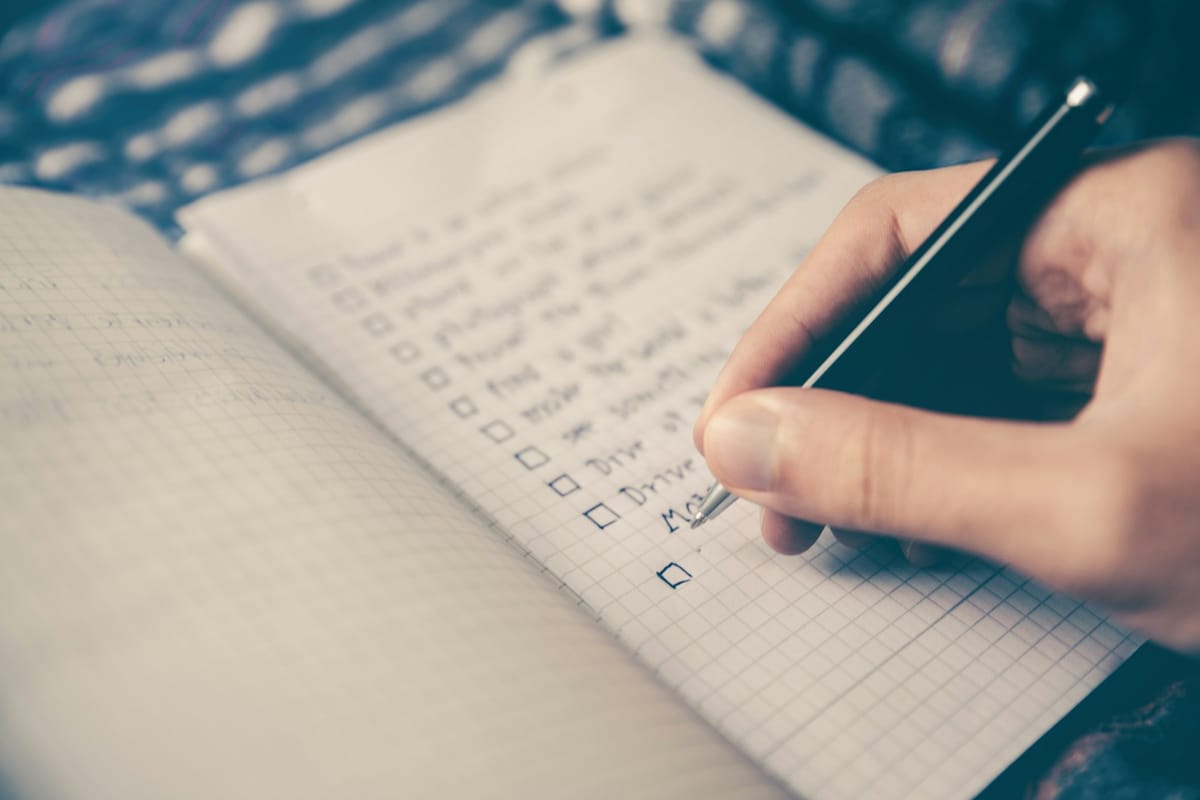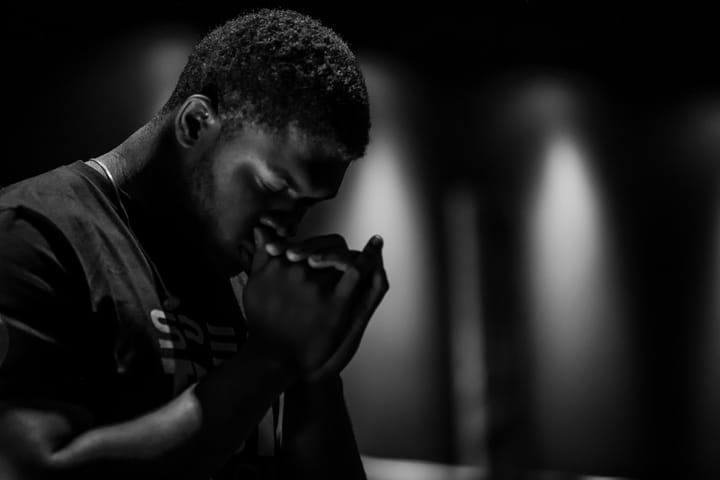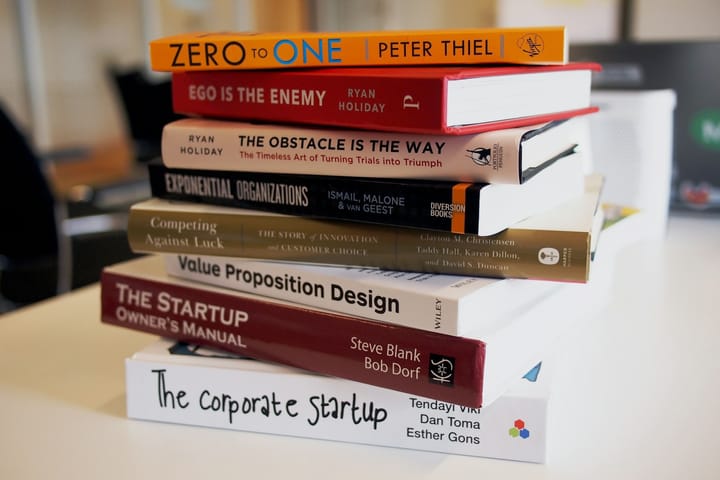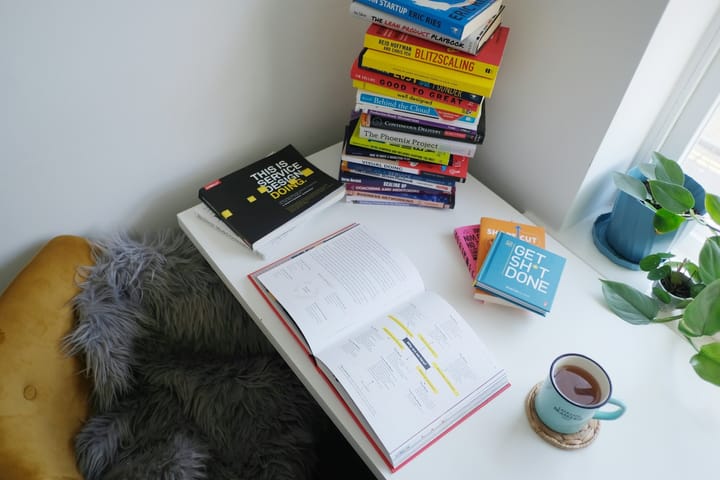Daily Planner vs To-Do List: What Works Better for Real Productivity?
Struggling to stay organized? Find out if a daily planner or a to-do list works better. Read now and plan smarter today.

There was a time I lived off sticky notes. Bright neon squares all over my desk, laptop, and sometimes even my fridge. Each one screamed a task. Each one whispered stress. By the end of the day, half were untouched. The rest? Scribbled out in a hurry, often after the deadline had already passed. That was my to-do list era.
Later, I moved to structured daily planners. Clean lines, hourly blocks, even some space for gratitude and priorities. Suddenly, my day felt more intentional. I wasn't just chasing tasks. I was owning time.
So, what's better? A simple to-do list or a detailed daily planner?
Let’s break it down with what actually works in real life.
To-Do Lists: Quick Wins or Hidden Traps?
To-do lists are everywhere for a reason. They're quick. You can jot one down in 30 seconds. Whether it’s on paper, Notion, Google Keep, or the back of a grocery bill, it works. You dump everything in your head onto the page, and that alone gives relief. There’s clarity.
But here’s the problem. Most to-do lists grow into monsters. They become dumping grounds. No priorities. No timelines. No end.
I used to start with five tasks. By 3 PM, I had twenty. Then I’d jump between them, checking off the easy ones first to feel productive. The hard stuff? It kept rolling to the next day. And the next.
A to-do list is good at reminding you what to do. But it’s terrible at reminding you when to do it. That’s the key missing link.
The other issue? It doesn’t respect time. You might write ten tasks for a day where you realistically only have room for four. That mismatch creates guilt and anxiety.
To-do lists are reactive. They help you collect but not commit. That’s where daily planners come in.
Daily Planners: Structure That Feels Like a Superpower
I still remember the first time I used a proper daily planner. It wasn’t digital. Just a simple notebook with time blocks. 8 AM to 8 PM laid out like a runway. And it made me think in hours, not tasks. That changed everything.
A daily planner forces you to confront time. Not in a scary way, but in a grounding one. You don’t just list tasks. You assign them a home. You see where your energy dips, where distractions creep in, and where your priorities fit.
It’s not about planning every minute. It’s about being intentional with your best hours.
Unlike a to-do list, a planner pushes you to think through dependencies. You can’t schedule a team call before your research block. You can’t block three big tasks back-to-back without a break. It brings realism to your planning.
And here's the underrated part: planners help you say no. When your day is already full on paper, it becomes easier to turn down new asks. You start protecting your focus.
Daily planners make you proactive. You design your day before others do it for you. And that’s a game-changer.
When To-Do Lists Still Make Sense
I’m not here to kill the to-do list. It still has a place. When you're in idea-capture mode, it’s unbeatable. When things feel chaotic, a brain dump into a to-do list can feel like therapy.
It’s also great for categorizing tasks: shopping list, packing list, weekend projects. You don’t need hourly blocks for these. You just need clarity.
But if you want to consistently move the needle on your big goals, a to-do list won’t cut it alone.
I now use to-do lists within my daily planner. I brain-dump everything in a list. Then I block time for only what matters that day. This hybrid method works because it respects both collection and execution.
To-do lists are great for starting. But to finish? You need a plan.
So, What Works Better for Productivity?
Let’s be honest. Productivity is personal. What works for me might feel overwhelming for you. But if we talk about what actually creates results, daily planners win by a mile.
Why? Because they make you think before you act. They prevent overcommitting. They help you spot idle time. They make priorities visible. And they help you end your day with intention, not leftovers.
To-do lists give you a direction. Planners give you a map.
If you’re new to planning, start small. Don’t jump into hour-by-hour scheduling from day one. Try blocking just 2-3 hours for your most important tasks. See how that feels. Tweak. Repeat.
Over time, you'll find your rhythm. And you’ll notice something powerful – your stress goes down, your confidence goes up, and your output starts to look a lot more like progress.
Final Verdict: To-Do List or Daily Planner?
Use a to-do list when you need to think. Use a planner when you need to act.
The to-do list helps you collect tasks. The planner helps you convert them into action.
In my own workflow, both tools coexist. But the planner is the driver. The list is the assistant. That’s how I keep things moving without burning out.
So, if you’ve been stuck in the cycle of endless lists and unfinished tasks, try flipping the script. Don’t just list what to do. Decide when to do it.
Because in the end, ideas are worthless without time on the calendar.
Choose wisely. Plan intentionally. And watch your days transform.



Comments ()